Performing in-depth analysis on over 6,000 surface and sub-surface boulders, examined alongside a vast amount of bathymetry data, enabled OceanIQ Route Engineers to safely plan the array cable routes and seabed preparation plans for the 72 turbine Danish Kriegers Flak site. OceanIQ’s parent company, the Global Marine Group (GMG), was appointed by Vattenfall to deliver… Read more »
Category: Think Tank
High temperature epoxy resin bushings for windfarm transformers
Turbine designs continue to grow in power size, while reducing the space provided for the transformer in the nacelle area. This presents several challenges in transformer bushing designs, one of which is the considerable increase in the ambient temperature. As a result, H-J has developed a new high-temperature epoxy used on transformer bushings to help… Read more »
Tried, tested, improved: adapting and developing processes and assets for the offshore wind industry
With a focus on a greener, cleaner future, governments, environmental charities, energy industry bodies and major energy companies are imposing ambition carbon reduction targets. This has increased the impetus on innovation within the offshore wind industry, and with it, an onus on a reliable and cost-effective supply chain. The International Renewable Energy Agency has reported… Read more »
Hydrogen as an intermediate energy carrier: deep integration unlocks the path to decarbonization of our society
Hydrogen recently emerged as a game changer for the decarbonization of our society. However, its future role needs to be properly defined to avoid both glorification by stakeholders and the perception of it being a ‘golden bullet’ capable of solving all energy issues forever. The use of renewable energies for the ‘green’ power generation is… Read more »
High-performance visibility measurement
Wind energy is one of the forefront sources society has come to depend on as a clean energy solution. Of course, there are always challenges when it comes to implementing new solutions. Wind turbines are a key component of wind energy generation but are known to have some drawbacks that make them less desirable to… Read more »
The sun as a natural power plant
Powerful vacuum technology and reliable tightness control for improved efficiencies of solar receivers When solar energy for electricity generation is discussed, photovoltaic systems most often come to mind. However, concentrated solar power systems are gaining popularity as an interesting alternative. In this type of power plant, collector systems concentrate sunlight and collect it on an… Read more »
Bifacial solar modules: how to measure them in production
Abstract Bifacial modules are entering the large-scale solar installation market. This article briefly describes the technology behind bifacial modules and focusses on what is needed to measure them with a sun simulator to show the extra power gain they provide. The procedures described here are based on the Technical Specification IEC 60904-1-2:2019, touching also on… Read more »
Modernizing control system for absolute cavity radiometer
Accurate measurements of broadband solar irradiance require radiometers with proper design and performance characteristics, correct installation, and documented operation and maintenance procedures, including regular calibration. With any measuring tool, calibrations must be traceable to a recognized reference standard. For direct normal irradiance (DNI) measurements of broadband solar radiation, the World Radiometric Reference (WRR) is the… Read more »
A giant with a brain
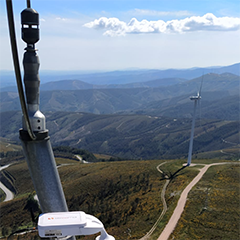
Smart turbines: embedded intelligence is the next engine growth factor for the automotive industry. Specialists estimate that in less than 10 years, the software element will represent 60% of the value of a vehicle, compared to 20% today. When you think about the pace of change in the wind industry today, we can expect a… Read more »
In search of carbon-neutral maritime transport
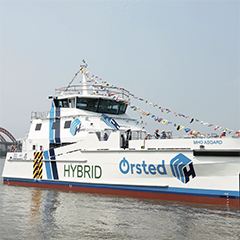
The Danish shipping company MHO-Co is heading a consortium focused on developing green solutions for the future of the entire maritime industry. In partnership with Danfoss, Ballard Power Systems Europe A/S, Sterling PlanB, Stuart Friezer Marine and research engineers from Aalborg University, they will test fuel cells and new battery technology on the shipping company’s… Read more »
Location is key to tapping into the utility data goldmine
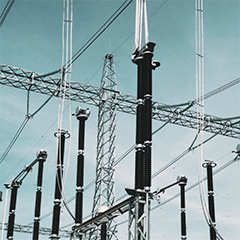
Currently there is an abundance of data. A recent report from GlobalData highlighted how the ever-increasing deployment of smart devices and technologies within smart energy grids is creating an exponentially growing pool of utility big data. In fact, utilities are increasingly implementing technologies such as cloud computing, machine learning, Internet of Things (IoT), robotics, blockchain,… Read more »
Firmware development methodology designed to simplify wind turbine converter validation and certification

As more wind energy is connected to the grid, ensuring the correct electrical performance of the wind turbine is critical, to maximise production and also ensure the safe operation of the grid. The power converter is the active component connecting the turbine to the grid. As the interface between the two, the power converter is… Read more »
Reassessing a wind farm’s potential

Abstract: The ever-growing database of offshore wind farm production data provides the opportunity to improve the understanding of wind energy potential at existing and future sites significantly. In principle, the wind turbines provide a dense measurement system of the wind conditions. These need to be distinguished from all other factors that drive production at the… Read more »
Positioning South East Asia for the energy transition
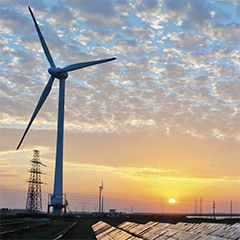
The energy transition is shifting national agendas and is cutting across all industries and markets. As a global hub for innovation, Singapore has built a vibrant ecosystem to advance today’s efforts on energy and climate change. With South East Asia’s energy demand forecasted to grow by 50% by 2050, alternative energy sources need to be… Read more »
Challenges in evaluating drone data
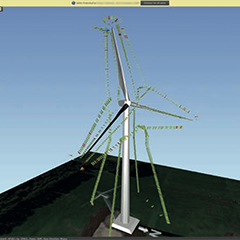
Nowadays there is apparently almost no problem that cannot be solved with AI. If cars can even drive completely autonomously, should it not be easy then to find defects and other abnormalities on images from rotor blades of wind-turbines? However, where is the algorithm that detects defects in real time, qualifies them and gives a… Read more »
Checking coating systems for leak tightness

After installing a new system, or maintaining an existing one, leaks occur frequently. This is often due to joining errors, or forgotten defective seals. Correct handling of helium leak detectors is crucial for finding these leaks and controlling equipment for tightness. The more is known about the physical phenomena underlying the leak test as well… Read more »
Visions full of energy

The battery technology revolution starts now Every day the sun sends around 10,000 times more energy to earth than the world consumes in the same period of time. Only a fraction of it has been used so far. The decisive factor for a climate-friendly world of tomorrow is to use much more of this energy… Read more »
Difficulty in finding labor

‘It’s hard to find good help these days.’ How many times have you heard that phrase? More times than there are entries on your CV? Skilled tradesmen have grown harder and harder to find, with 52% of contractors saying they are struggling to fill hourly craft positions, according to a September 2020 Associated General Contractors… Read more »
Challenges to measure IV and EL characteristics of solar modules in laboratories and production
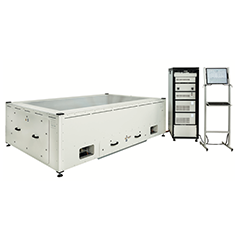
The global photovoltaic industry is going through a rapid transformation that affects all parts of the value chain. Producers face an ever-increasing demand for modules and have to scale their operations at a very high pace. The manufacturers’ competition around offering the lowest levelized cost of electricity (LCOE) created a trend for larger modules, bifacial… Read more »
Argon recycle delivers improved cost-base, reduced CO2 footprint and increased sustainability
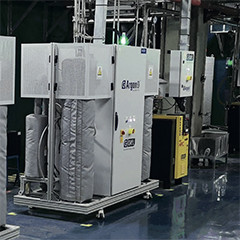
High purity argon, better than 99.9998%, is used as a shield gas in the production of silicon ingots, to be fabricated into wafers, for solar cells and micro-electronic devices. The argon is used to control the gaseous impurity levels present during the manufacturing process to an acceptable level. In response to the trend in the… Read more »
Preventing efficiency loss with enhanced leading edge protection
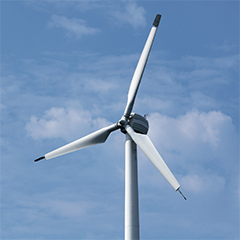
The relentless focus on maximizing efficiency in renewable energy is a key driver in the development of both onshore and offshore wind energy equipment. From increasing blade sizes to minimizing friction in the gearbox, every aspect of wind generation has been optimized to provide maximum efficiency when the turbine is built. Attention is now shifting… Read more »
Sustainable ports in the green future
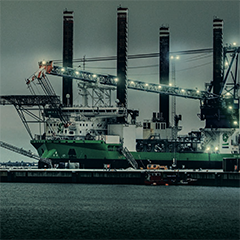
Ports are the arrival, transit and exit point for a large part of the world’s trade and can as such be portrayed as economic growth engines. Port activities come with a cost to the environment and the surrounding cities, where our race towards zero carbon emission also affects the way in which ports will be… Read more »
Old layout, new layout – the same geotechnical campaign?
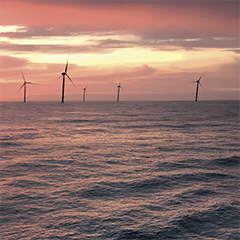
‘Measure twice, cut once’ as the old proverb goes. And it is true. A thorough geological site investigation campaign is one of the most important sources of data when it comes to designing foundations. Especially in the case of high-risk offshore constructions such as wind turbines. However, what should we do if the style changes… Read more »
Lifetime extension: making full use of installed capacity
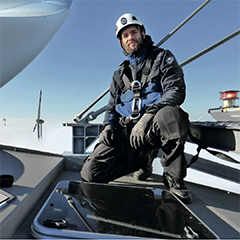
Decision-makers in the wind-energy industry are faced with a choice of three options when their wind energy converters (WECs) approach the end of their design life: they can either dismantle, repower or continue the operation of their WECs. In many cases, available lifetime reserves allow cost-effective continued operation. TÜV SÜD explains how to prepare the… Read more »
How electric vehicles can breathe new life into our cities

Climate change and accompanying environmental degradations have had tremendous impact on our natural systems and led to new and fatal diseases, as well as decimating our global economy. But as we begin to overcome one of our generation’s greatest challenges, the coronavirus, Earth Day and this year’s theme of Restore our Earth reminds us of… Read more »
Continuous wave wind Lidars: all heights, all terrains, always available and for all turbine rotors
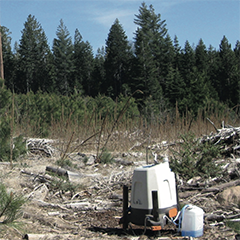
A wind Lidar is quite simply a remarkable piece of technology recently described by Avangrid as having ‘advanced the wind industry globally’. Generic Lidar benefits are summarised by Renewable Energy Systems (RES) as being ‘safer, cheaper, better, faster’ than traditional meteorological masts. An invisible, eye-safe beam of light interrogates the sky above at user defined… Read more »
The real value of condition monitoring
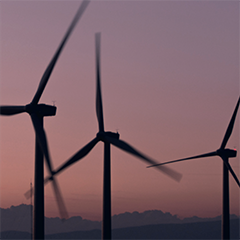
Before considering the impact that condition monitoring systems (CMS) have on our industry, it is important to first establish what CMS entails and how it came to be such an established piece of hardware in the renewable energy sector. A condition monitoring system would normally comprise of a series of sensors strategically placed on fundamental… Read more »
Making a difference in windfarm transformers
The electric energy industry has long been a conservative business taking very deliberate and measured steps in adopting new technologies. The renewable energy markets have forced companies to adapt to a fast-paced and rapid technology development cycle. The exponential growth and the demand for more power in a smaller envelope continue to drive rapid development…. Read more »
Sector coupling could aid energy transition
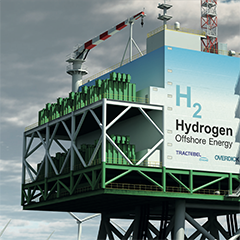
Since the 2015 Paris Agreement, there has been a global consensus that the transition to a CO2-neutral energy supply needs to be achieved worldwide within the next few decades. At the same time, considerable technological progress has been made with both onshore and offshore wind energy, for example, and, as a result, the energy generated… Read more »
Wind turbine energy generation: reliability problems and solutions
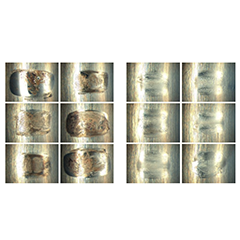
While wind is enjoying significant growth, studies confirm that wind turbines suffer from reliability issues: The EU’s RELIAWIND study found that electrical systems accounted for the highest failure rate, but gearbox failures accounted for the highest amount of downtime (14 days)1. The National Renewable Energy laboratory found that the majority of wind turbine gearbox failures… Read more »
Measuring wind farm ‘fuel’ efficiency
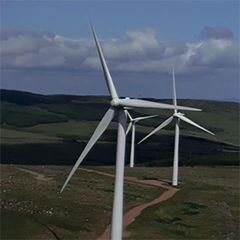
Can you name any other energy plant that you build, operate and try to understand if it’s performing efficiently, without actually measuring the fuel that you’re supplying? A wind farm is often exactly that. According to a recent ‘A Word About Wind’ study, almost 50% of those surveyed placed the validation of their production plant… Read more »
Wind work by drone
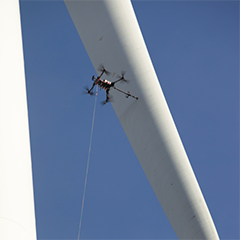
Fast, precise… cost-effective After the media hype, it’s time to confirm it: the UAV is a formidable tool at the service of the wind power industry. SupAirVision is inventing and developing new uses for the UAV to meet the needs of the wind industry: inspection, painting and test of the lightning protection system (LPS). ‘The… Read more »
The circular economy

The declaration of a climate emergency in Scotland, quickly followed by the rest of the UK, has been a boon for the renewable energy sector. After all, without clean power, heat and transport fuels, our ambitious net-zero targets are totally out of reach. But we know tackling the carbon emissions caused by our increasing demand… Read more »
The winds of change
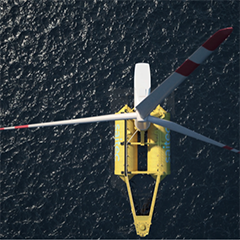
Delivering climate neutrality requires adequate new national energy strategies, policies, and regulatory frameworks to be in place due to the massive energy transformation needed. The European Union has been at the forefront of global climate action so far, and is the first major economy to put in place a legally binding framework to deliver on… Read more »
Learning from the past to secure floating offshore wind’s future
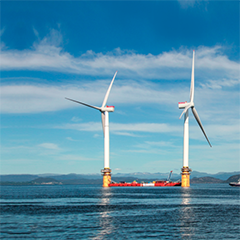
How lessons from the oil and gas industry can support the floating offshore wind (FLOW) sector’s sustainable development Floating offshore wind has the potential to substantially increase access to an unlimited energy resource in deeper waters, and can play a crucial role in driving the world’s transition to clean energy. This paper examines the importance… Read more »
Challenges in offshore wind farm installation
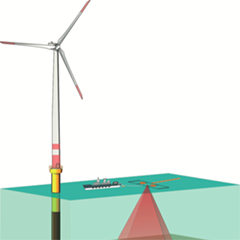
In recent years, the construction of offshore wind farms has flourished as many countries strive to increase the share of renewable energy in their overall energy mix. Offshore wind offers some significant advantages compared to onshore developments, including stronger and more stable wind conditions ensuring a more dependable energy output, sufficient space in the national… Read more »
